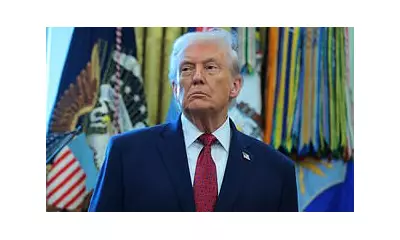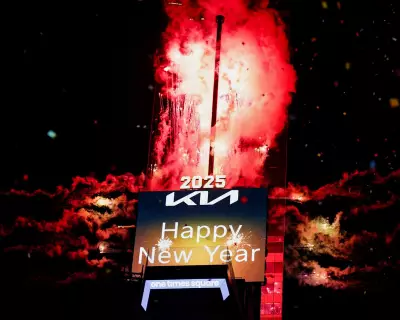
In a chilling escalation of nuclear rhetoric that has sent shockwaves through Western capitals, Russia has issued its most explicit atomic threat yet, warning it could deploy tactical nuclear weapons against Western targets. The stark warning comes as Moscow reacts furiously to Ukraine's use of Western-supplied missiles against Russian territory.
The Nuclear Threshold Crossroads
Russian officials have dramatically raised the stakes in the Ukraine conflict, declaring that Moscow reserves the right to use "all means" at its disposal, including tactical nuclear weapons, if it deems the situation demands such extreme measures. This represents the most direct nuclear threat Russia has made since the beginning of its full-scale invasion of Ukraine.
The escalation follows Ukraine's successful deployment of Western missiles, including US-made ATACMS, against military targets deep inside Russian territory. Moscow has characterized these strikes as acts of "nuclear terrorism" that fundamentally change the nature of the conflict.
Western Response and Diplomatic Fallout
NATO officials have responded with grave concern to Moscow's nuclear posturing, while simultaneously reaffirming their commitment to supporting Ukraine's defence against Russian aggression. The alliance finds itself walking a delicate tightrope—providing Kyiv with the weapons needed to defend its sovereignty while avoiding actions that could trigger a direct confrontation between nuclear powers.
The situation has created unprecedented tension in East-West relations, with diplomatic channels working overtime to prevent miscalculation that could lead to catastrophic consequences. European leaders have called for emergency meetings to discuss the deteriorating security situation.
Historical Context and Current Realities
This nuclear brinkmanship marks a dangerous return to Cold War-era tensions, though experts note crucial differences in today's geopolitical landscape. Unlike during the original Cold War, today's nuclear powers are engaged in a proxy conflict with direct weapons transfers to an active combat zone.
- Tactical nuclear weapons are designed for battlefield use with smaller yields than strategic warheads
- Russia maintains the world's largest nuclear arsenal with approximately 6,000 warheads
- Nuclear doctrine traditionally reserves atomic weapons for existential threats to state sovereignty
- Western intelligence monitors Russian nuclear forces for any signs of preparation for deployment
Global Implications and Future Scenarios
The international community faces its most serious nuclear crisis in decades as Russia's threats challenge the fundamental taboos against atomic weapon use that have held since 1945. Security analysts warn that any use of nuclear weapons, even tactical ones, would shatter international norms and potentially trigger a new era of nuclear proliferation.
As the world watches with bated breath, the coming weeks will test whether Moscow's nuclear rhetoric represents genuine intent or merely strategic posturing designed to intimidate Western governments into reducing their support for Ukraine.





